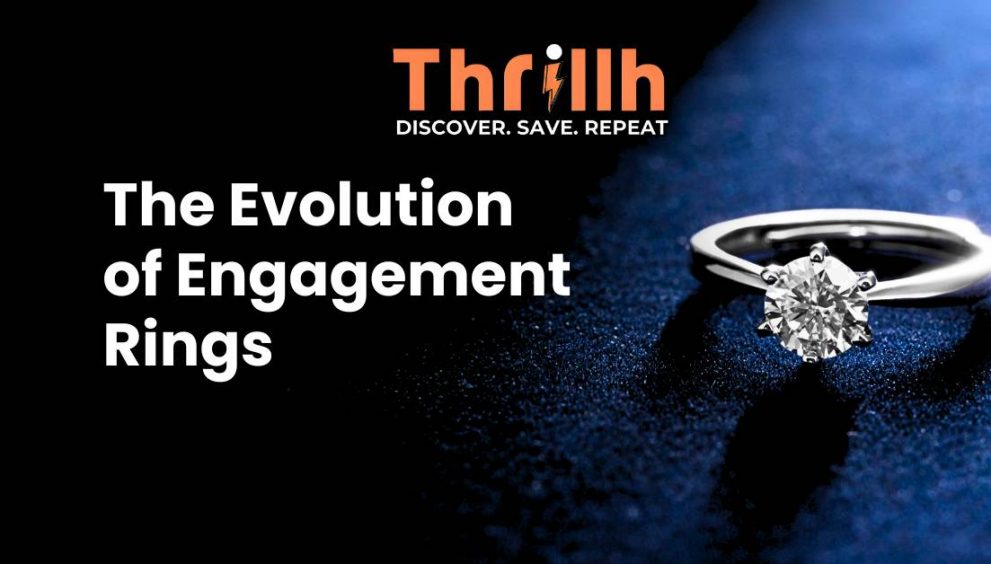Let’s dive into the emerging trends in engagement rings, focusing on alternative materials, unique designs, and the incorporation of technology. This exploration will showcase how the engagement ring market is evolving beyond traditional norms to meet the desires of those looking for something truly unique.
See More – Top 10 Salons In Hyderabad
Emerging Trends in Engagement Rings
Use of Alternative Materials
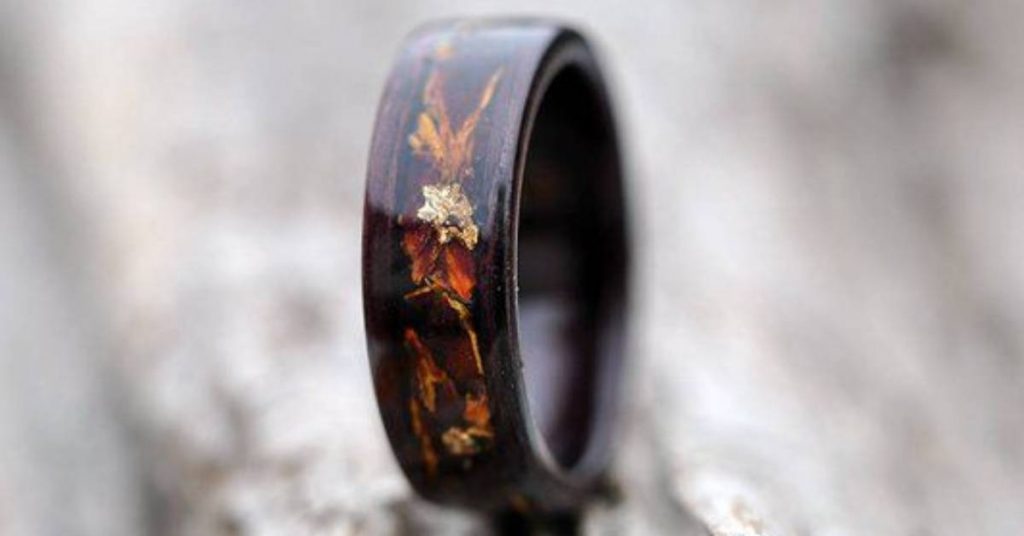
- Wood: Wooden rings offer a warm, organic look and feel, appealing to nature lovers and those seeking a connection to the earth. They can be crafted from a variety of woods, with each type offering unique grains and colors.
- Silicone: For active lifestyles, silicone rings present a practical, durable, and affordable option. They are comfortable, non-conductive, and come in a wide range of colors and styles.
- Recycled Materials: Ethically conscious consumers are increasingly drawn to rings made from recycled metals and gemstones, reducing the environmental impact of new ring production.
Introduction of Unique Designs
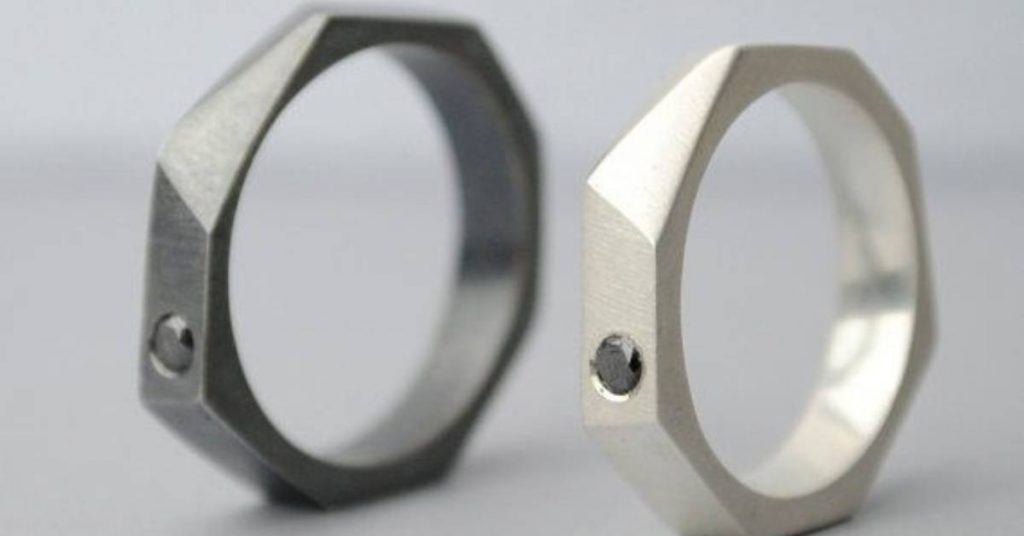
- Geometric Shapes: Moving away from traditional round designs, geometric shapes offer a modern aesthetic. Hexagons, octagons, and even asymmetrical designs are gaining popularity.
- Unconventional Settings: Designers are experimenting with settings that challenge the norm, such as floating diamonds, where the stone is not set in the traditional manner but appears to be suspended between parts of the band.
- Mixing Metals: Combining different metals in one ring (e.g., rose gold and platinum) creates a distinctive look that appeals to those wanting a ring as unique as their relationship.
Incorporation of Technology
- Smart Engagement Rings: Emerging technologies are being incorporated into rings, offering functionalities like fitness tracking, notification alerts, and even payment capabilities. These smart rings cater to a tech-savvy generation that values both form and function.
Now, let’s explore the sustainability and ethical considerations that are becoming increasingly important in the world of engagement rings. This shift reflects a broader societal movement towards environmental consciousness and ethical responsibility, influencing consumers’ choices in their symbols of love and commitment.
Sustainability and Ethical Considerations
Ethically Sourced Gemstones
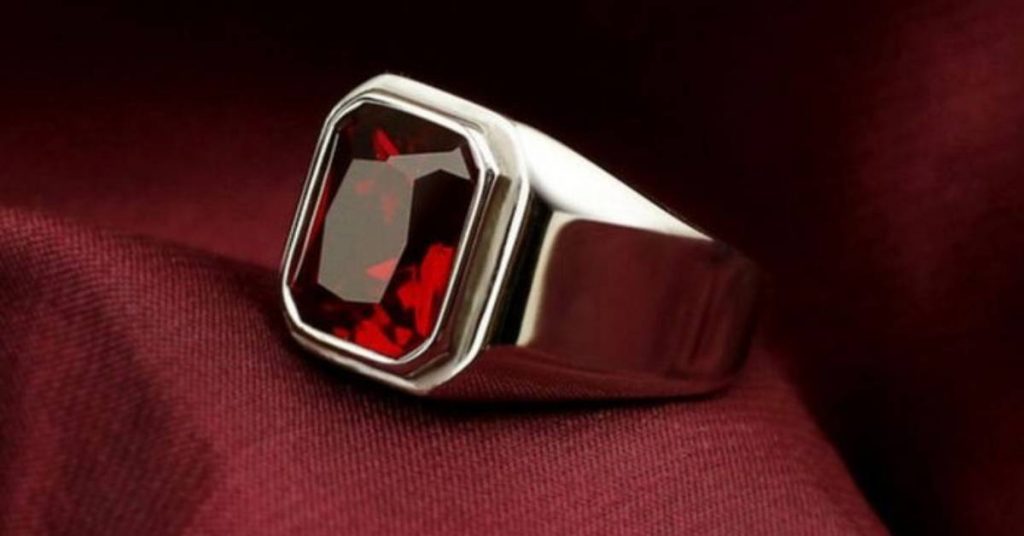
- Traceability: The journey of a gemstone from mine to market is becoming a crucial factor for many buyers. Ethically sourced gemstones are those that can be traced back to mines where workers are treated fairly, and environmental impacts are minimized.
- Lab-grown Diamonds: These diamonds are identical to their naturally mined counterparts but are created in controlled laboratory environments. This process significantly reduces the environmental degradation associated with traditional diamond mining and avoids funding conflict regions.
Environmental Impact of Jewelry Production
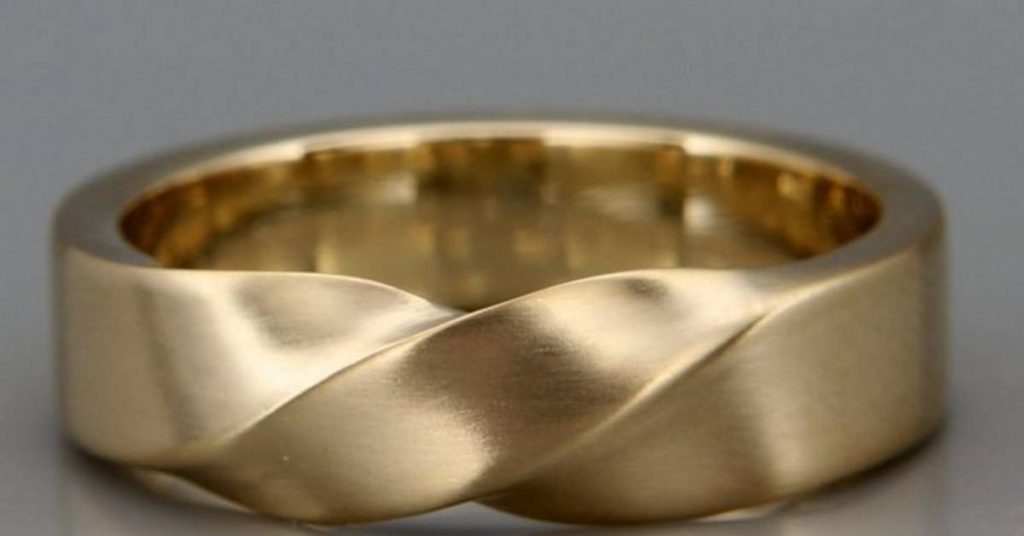
- Recycled Metals: The use of recycled gold, silver, and platinum reduces the demand for newly mined metals, thereby diminishing the environmental damage caused by mining practices. Recycled metals retain the same quality as newly mined metals but have a much lower environmental footprint.
- Sustainable Practices: Some jewelers and designers are committing to sustainable practices across all aspects of their production, from sourcing to manufacturing. This includes using non-toxic chemicals in the crafting process and implementing energy-efficient technologies in workshops.
Supporting Local Artisans
- Fair Trade: Purchasing rings from jewelers who ensure fair wages and conditions for their artisans supports ethical labor practices. This also often involves supporting traditional craftsmanship and helping to preserve artisanal skills and cultures.
- Community Engagement: Some brands go further by engaging with the communities where their materials are sourced, contributing to local development projects, education, and healthcare initiatives.
These ethical and sustainable considerations not only contribute to the well-being of our planet and its inhabitants but also add a deeper meaning to the engagement ring itself. A symbol of love now also becomes a testament to the values of the wearer and their commitment to making ethical choices.
Exploring the realm of personalization and customization in engagement rings unveils a fascinating landscape where individual stories, tastes, and creativity play a central role in the design process. This trend not only caters to those seeking unique pieces but also celebrates the personal connection and significance behind each ring.
Personalization and Customization
Stories of Customized Engagement Rings
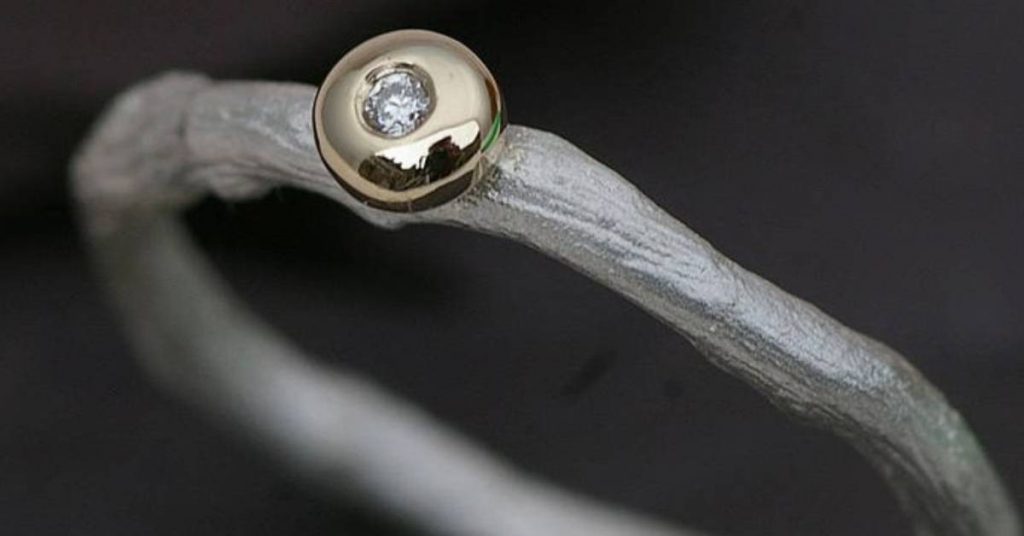
- Narrative Embedding: Some couples choose to embed personal narratives into their rings through engravings, hidden symbols, or design elements that represent milestones, interests, or inside jokes unique to their relationship.
- Family Heirlooms: The practice of repurposing family heirlooms into new engagement rings is a beautiful way to honor heritage while creating something new. Stones or metals from ancestral jewelry are incorporated into contemporary designs, linking past, present, and future.
Role of Personal Taste and Story in Design
- Design Collaboration: Many jewelers offer collaborative design experiences, where couples can be involved in every step of the creation process. This can include selecting the stone, designing the setting, and choosing the metal, ensuring the final piece perfectly reflects the wearer’s style and story.
- Customization for Individuality: Engagement rings are increasingly seen as extensions of personal style. From bold, unconventional designs to subtle, minimalist aesthetics, the emphasis is on creating a piece that feels right for the individual, rather than adhering to traditional expectations.
Technological Advancements in Customization
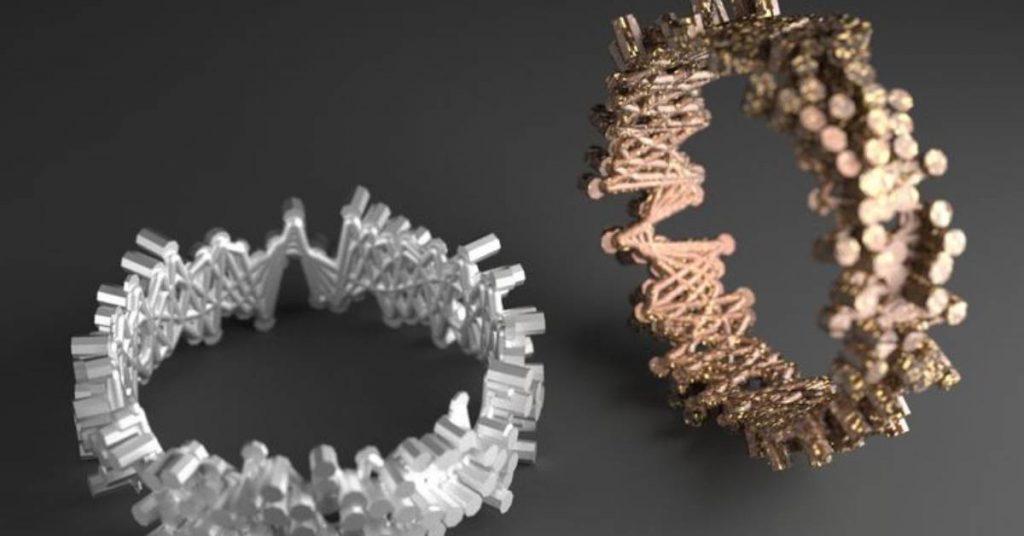
- 3D Printing: Advances in technology, such as 3D printing, have opened up new possibilities for ring design and customization. This allows for intricate details and complex designs that were previously difficult or expensive to achieve, making bespoke rings more accessible.
- Virtual Design Sessions: Some jewelers use virtual reality or augmented reality technologies to offer virtual design sessions. Couples can see and modify their ring designs in real-time, even if they are in different locations, making the design process more flexible and interactive.
The move towards personalization and customization in engagement rings is a testament to the evolving nature of love symbols in contemporary society. These rings are not just pieces of jewelry but are imbued with deep personal significance, stories, and values, making them truly one-of-a-kind.
Emerging Trends in Engagement Rings Revisited
Beyond Traditional Materials
- Sustainable and Ethical Choices: The growing preference for materials like recycled metals and lab-grown diamonds underscores a broader societal shift towards sustainability and ethical consumption. These choices reflect a couple’s values and their desire for a positive impact on the world.
- Unique Material Combinations: The use of unconventional materials such as wood, silicone, or even meteorite fragments in engagement rings speaks to the desire for individuality and connection with nature or unique stories.
Design Innovations
- Customization as a Standard: The trend towards customization has grown beyond a niche market, becoming a standard expectation among couples. This shift allows for greater expression of personal styles and stories through unique designs.
- Interactivity and Functionality: With the incorporation of technology into ring designs, engagement rings are starting to offer more than symbolic value. Features like fitness tracking or NFC capabilities blend everyday utility with emotional significance.
Symbolism and Storytelling
- Cultural Fusion: Engagement rings inspired by various cultures and traditions are becoming popular among couples who wish to honor their heritage or express a global outlook. This trend reflects a growing appreciation for diversity and inclusivity in love and marriage.
- Personal Narratives: Rings that tell a story or incorporate elements meaningful to the couple’s journey together are increasingly sought after. This could be through custom engravings, the inclusion of specific gemstones, or designs that capture moments and memories.
Evolving Consumer Expectations
- Transparency and Authenticity: Today’s consumers expect transparency in the sourcing and manufacturing of their engagement rings, seeking authenticity not just in the product but in the brand’s values and practices.
- Experiential Purchasing: The buying process itself is evolving, with couples looking for an experience that is as personalized and meaningful as the ring. This includes everything from the consultation process to the packaging and delivery of the ring.
The Role of Technology in Modern Engagement Ring Design
Smart Rings
- Functionality Meets Sentiment: Smart engagement rings are the epitome of how technology can enhance a traditional symbol of love. Offering functionalities such as health tracking, mobile notifications, and even payment capabilities, these rings cater to a tech-savvy generation that values both practicality and sentiment.
- Customization Through Technology: The ability to customize the functionalities of a smart ring, such as selecting specific notifications to receive, adds a layer of personalization. Couples can choose features that resonate with their lifestyle, making the ring truly unique to their relationship.
Advanced Manufacturing Techniques
- 3D Printing: This technology has revolutionized the design and manufacturing of engagement rings by allowing intricate details and complex structures that were not possible before. It enables designers to create rings that are truly bespoke, pushing the boundaries of traditional jewelry design.
- CAD Designs: Computer-Aided Design (CAD) software allows jewelers to create precise and customizable ring designs digitally. Clients can view and modify these designs before they are made, ensuring the final product matches their vision perfectly.
Augmented Reality (AR) and Virtual Reality (VR)
- Virtual Try-On: AR technology enables prospective buyers to virtually “try on” engagement rings through a smartphone app or website, providing a realistic preview of how the ring looks on their hand. This technology enhances the online shopping experience, making it more interactive and personal.
- Immersive Design Experience: VR takes customization a step further by offering an immersive environment where couples can design their rings in a virtual space. This not only makes the design process more engaging but also helps visualize the final product more accurately.
Sustainability and Traceability
- Blockchain for Provenance: Emerging technologies like blockchain are being used to ensure the traceability and authenticity of gemstones and metals. This provides a transparent record of the supply chain, from mine to market, appealing to ethically conscious consumers.
Conclusion
In conclusion, the world of engagement rings is undergoing a remarkable transformation, driven by shifts in consumer values towards sustainability, personalization, and innovation. Emerging trends highlight a departure from traditional norms, embracing alternative materials, unique designs, and the integration of technology. These changes reflect not just evolving aesthetic preferences but also a deeper desire for rings to embody personal stories, ethical considerations, and connections to broader cultural narratives. As we look to the future, it’s clear that engagement rings will continue to evolve, becoming ever more personalized and meaningful, mirroring the diversity and complexity of modern relationships.
Frequently Asked Questions (FAQs)
Q1: Can engagement rings be made without diamonds?
Absolutely. Many people are choosing alternative gemstones like sapphires, rubies, and even non-traditional stones such as opals or pearls for their engagement rings. Others opt for rings without any gemstones, focusing instead on the design and material of the band.
Are lab-grown diamonds considered real diamonds?
Yes, lab-grown diamonds are real diamonds with the same physical, chemical, and optical properties as mined diamonds. The key difference is their origin, with lab-grown diamonds being created in controlled environments.
What are some sustainable materials for engagement rings?
Sustainable materials include recycled metals (gold, silver, platinum), ethically sourced or lab-grown gemstones, and alternative materials like wood or recycled glass. Choosing these materials supports environmental and ethical practices in jewelry production.
How can I ensure my engagement ring is ethically sourced?
Look for certifications from reputable organizations such as the Responsible Jewellery Council or Fairtrade Gold. Inquire about the sourcing of both the gemstones and metals, and consider purchasing from jewelers who transparently share their supply chain and sourcing practices.
Can engagement rings be customized with technology?
Yes, advancements in technology not only allow for intricate custom designs through 3D printing and CAD software but also the incorporation of smart technology into the rings. These smart rings can offer functionalities like fitness tracking, notifications, and even contactless payments.
Are silicone engagement rings a viable option?
Silicone rings are a practical, affordable, and durable option, especially suited for individuals with active lifestyles or occupations that make traditional metal rings impractical. They come in various colors and styles, offering a modern alternative to traditional rings.
As engagement rings continue to evolve, they become a more inclusive symbol of love that respects individual preferences, ethical values, and the planet. The future of engagement rings looks bright, with endless possibilities for expression, innovation, and connection.


